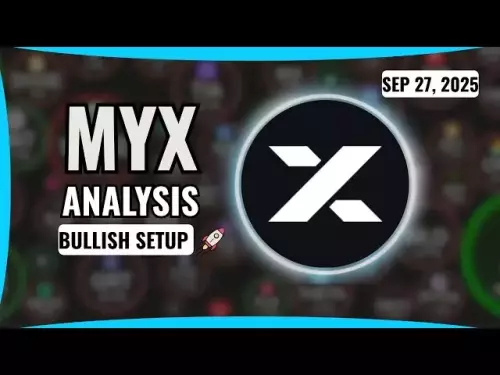-
 bitcoin
bitcoin $109523.663807 USD
-0.13% -
 ethereum
ethereum $4019.526508 USD
2.06% -
 tether
tether $1.000482 USD
0.00% -
 xrp
xrp $2.776815 USD
0.18% -
 bnb
bnb $958.942396 USD
0.12% -
 solana
solana $204.294698 USD
3.84% -
 usd-coin
usd-coin $0.999693 USD
0.00% -
 dogecoin
dogecoin $0.232115 USD
2.09% -
 tron
tron $0.338028 USD
0.84% -
 cardano
cardano $0.790920 USD
1.50% -
 hyperliquid
hyperliquid $44.871443 USD
5.60% -
 ethena-usde
ethena-usde $1.000322 USD
0.04% -
 chainlink
chainlink $21.034165 USD
2.60% -
 avalanche
avalanche $28.794831 USD
-0.54% -
 stellar
stellar $0.360466 USD
1.24%
How is DeFi's leveraged trading implemented?
In DeFi, leveraged trading employs collateralization and margin requirements to trade with borrowed funds, amplifying both potential gains and losses while requiring meticulous risk management strategies.
Feb 17, 2025 at 10:54 am
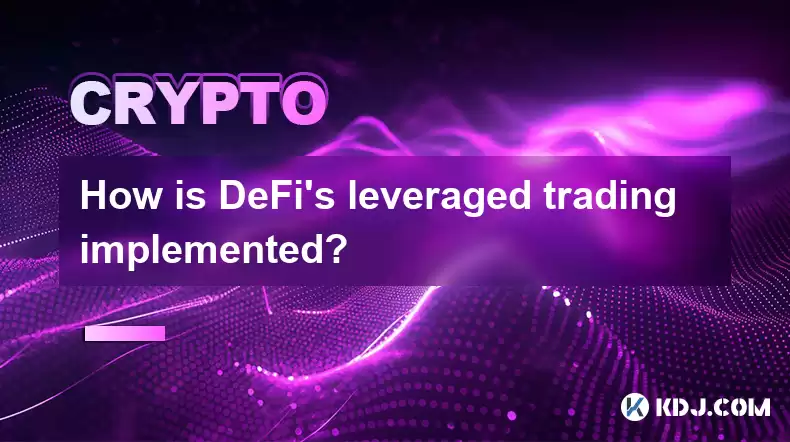
- Leveraged trading magnifies potential gains and losses in DeFi.
- Collateralization ensures positions are liquidatable if excessive losses occur.
- Margin requirements vary depending on the asset and platform.
- Margin trading occurs through peer-to-peer lending pools or liquidity protocols.
- Risk management strategies include hedging, stop-loss orders, and position monitoring.
- Provides a cushion to prevent losses beyond initial investment.
- Assets locked as collateral are held in a smart contract.
- Collateralization levels vary based on the underlying asset's volatility.
- Determine the ratio of borrowed funds to collateral provided.
- Higher margin requirements signify a lower risk profile.
- Lenders set margin requirements to manage their potential losses.
- Leveraged trading platforms offer lending pools or liquidity protocols.
- Users can borrow funds from these pools against their collateral.
- Interest rates and loan terms may vary depending on the platform.
- Borrowed funds enable traders to increase their position size.
- Leverage amplifies both potential profits and risks.
- Traders can speculate on the appreciation or depreciation of various crypto-assets.
- If a trader's position incurs excessive losses, it may be liquidated.
- Liquidation ensures market stability and protects lenders from default.
- Specific criteria trigger liquidation, generally based on collateralization levels.
- Hedging using opposing positions to mitigate volatility.
- Setting stop-loss orders to automatically exit positions at predetermined levels.
- Regularly monitoring positions to assess liquidity and potential liquidation risk.
- Consider factors such as margin requirements, interest rates, trading fees, and risk management tools.
- Centralized platforms are more regulated, while decentralized platforms offer greater anonymity and censorship resistance.
- Liquidity providers deposit funds into lending pools, enabling traders to borrow leverage. They earn interest on their deposited assets.
- Amplifies potential gains, enables speculative trading, and allows for capital efficiency.
- Potential for excessive losses exceeding initial investment, liquidation risk, and unpredictable price movements.
- Practice proper risk management, understand the underlying assets, and carefully consider trading strategies.
Disclaimer:info@kdj.com
The information provided is not trading advice. kdj.com does not assume any responsibility for any investments made based on the information provided in this article. Cryptocurrencies are highly volatile and it is highly recommended that you invest with caution after thorough research!
If you believe that the content used on this website infringes your copyright, please contact us immediately (info@kdj.com) and we will delete it promptly.
- Bitwise, Solana, and the ETF Filing Frenzy: What's the Deal?
- 2025-09-28 06:25:16
- Ruvi AI: Surpassing Tron's Demand, the Next 100x Token?
- 2025-09-28 06:25:16
- BSE, IPOs, and Crypto Funds: A New York Minute on India's Regulatory Tightrope
- 2025-09-28 06:30:01
- Ruvi AI: The Avalanche Ecosystem's Next Big Thing, Blazing Through Phase 3
- 2025-09-28 06:30:01
- Tron, Ruvi AI, and Institutional Backing: What's the Buzz?
- 2025-09-28 06:30:01
- Q-UP: Is Coin Flipping the Next eSports Sensation? A Look at Fairness in Gaming
- 2025-09-28 06:30:15
Related knowledge

How to track DeFi activity on a block explorer
Sep 04,2025 at 05:36pm
Bitcoin's Role in Decentralized Finance1. Bitcoin remains the cornerstone of the cryptocurrency ecosystem, serving as both a store of value and a benc...
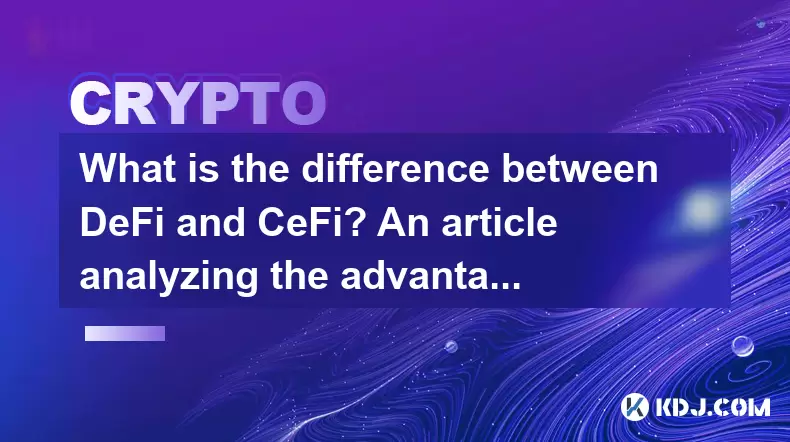
What is the difference between DeFi and CeFi? An article analyzing the advantages and disadvantages of both
Jun 13,2025 at 03:57am
Understanding the Foundations of DeFi and CeFiTo fully grasp the difference between DeFi (Decentralized Finance) and CeFi (Centralized Finance), it’s ...
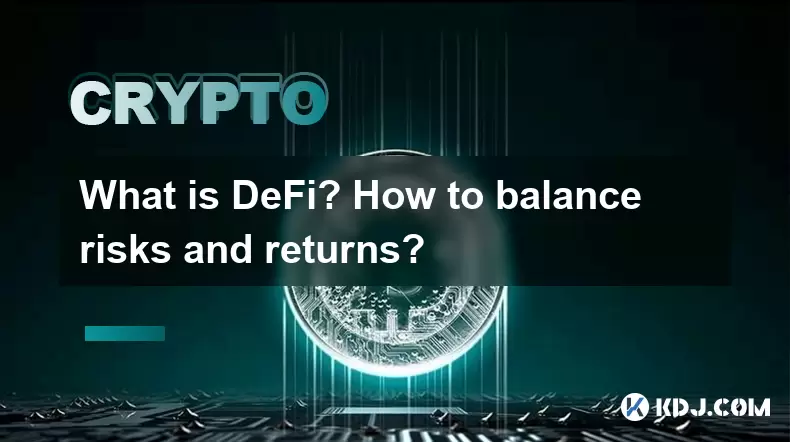
What is DeFi? How to balance risks and returns?
May 31,2025 at 12:22pm
What is DeFi? How to Balance Risks and Returns? Decentralized Finance, commonly known as DeFi, represents a revolutionary shift in the financial ecosy...
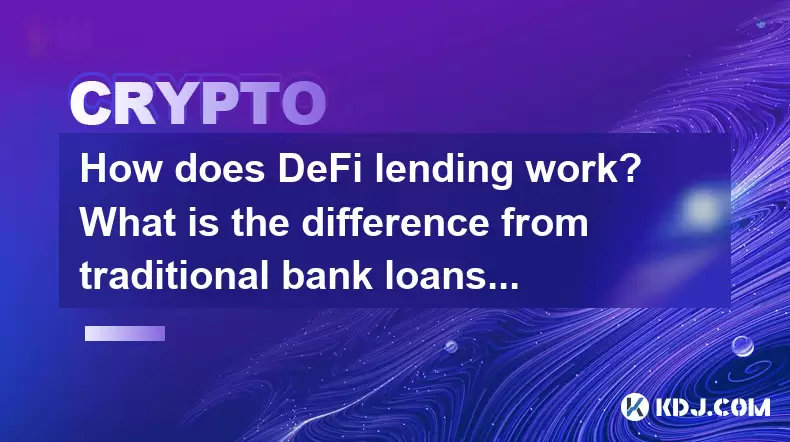
How does DeFi lending work? What is the difference from traditional bank loans?
May 29,2025 at 05:36pm
Introduction to DeFi LendingDeFi lending, or decentralized finance lending, represents a revolutionary shift in the way borrowing and lending are cond...
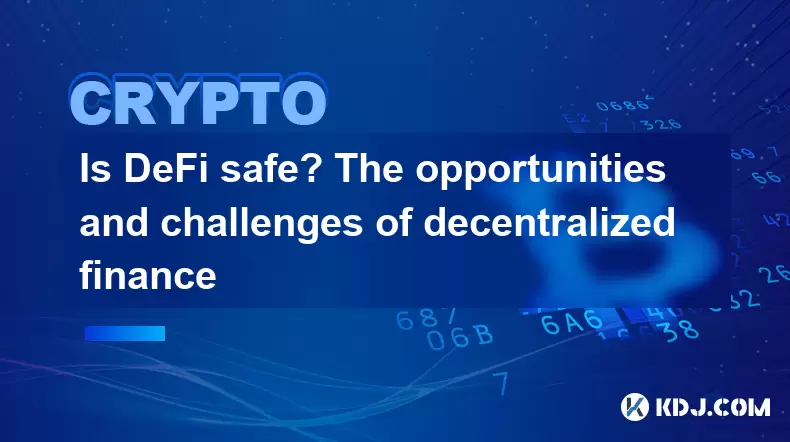
Is DeFi safe? The opportunities and challenges of decentralized finance
May 27,2025 at 02:28pm
Decentralized Finance, commonly known as DeFi, has revolutionized the financial landscape by offering a range of financial services without the need f...
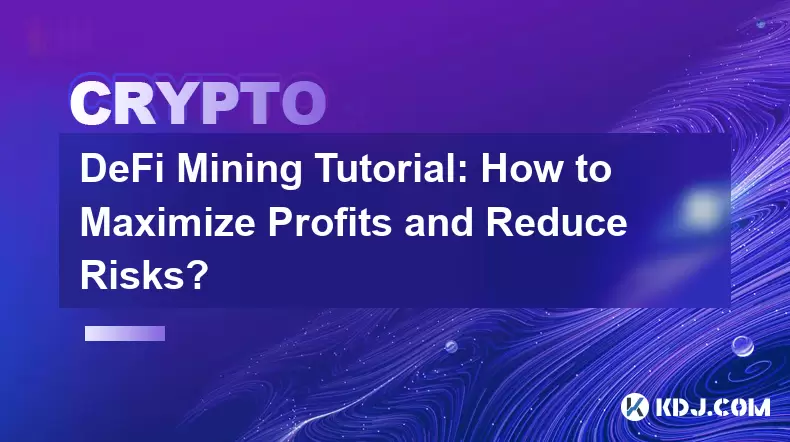
DeFi Mining Tutorial: How to Maximize Profits and Reduce Risks?
May 27,2025 at 07:42am
DeFi, or Decentralized Finance, has opened up a new world of opportunities for crypto enthusiasts looking to maximize their profits through various mi...

How to track DeFi activity on a block explorer
Sep 04,2025 at 05:36pm
Bitcoin's Role in Decentralized Finance1. Bitcoin remains the cornerstone of the cryptocurrency ecosystem, serving as both a store of value and a benc...

What is the difference between DeFi and CeFi? An article analyzing the advantages and disadvantages of both
Jun 13,2025 at 03:57am
Understanding the Foundations of DeFi and CeFiTo fully grasp the difference between DeFi (Decentralized Finance) and CeFi (Centralized Finance), it’s ...

What is DeFi? How to balance risks and returns?
May 31,2025 at 12:22pm
What is DeFi? How to Balance Risks and Returns? Decentralized Finance, commonly known as DeFi, represents a revolutionary shift in the financial ecosy...

How does DeFi lending work? What is the difference from traditional bank loans?
May 29,2025 at 05:36pm
Introduction to DeFi LendingDeFi lending, or decentralized finance lending, represents a revolutionary shift in the way borrowing and lending are cond...

Is DeFi safe? The opportunities and challenges of decentralized finance
May 27,2025 at 02:28pm
Decentralized Finance, commonly known as DeFi, has revolutionized the financial landscape by offering a range of financial services without the need f...

DeFi Mining Tutorial: How to Maximize Profits and Reduce Risks?
May 27,2025 at 07:42am
DeFi, or Decentralized Finance, has opened up a new world of opportunities for crypto enthusiasts looking to maximize their profits through various mi...
See all articles


























